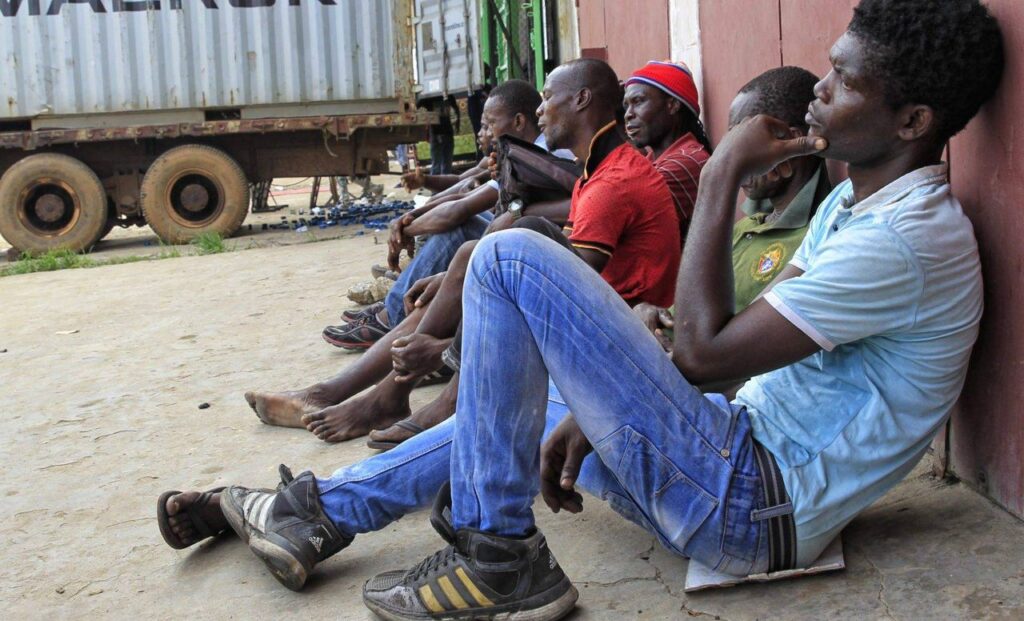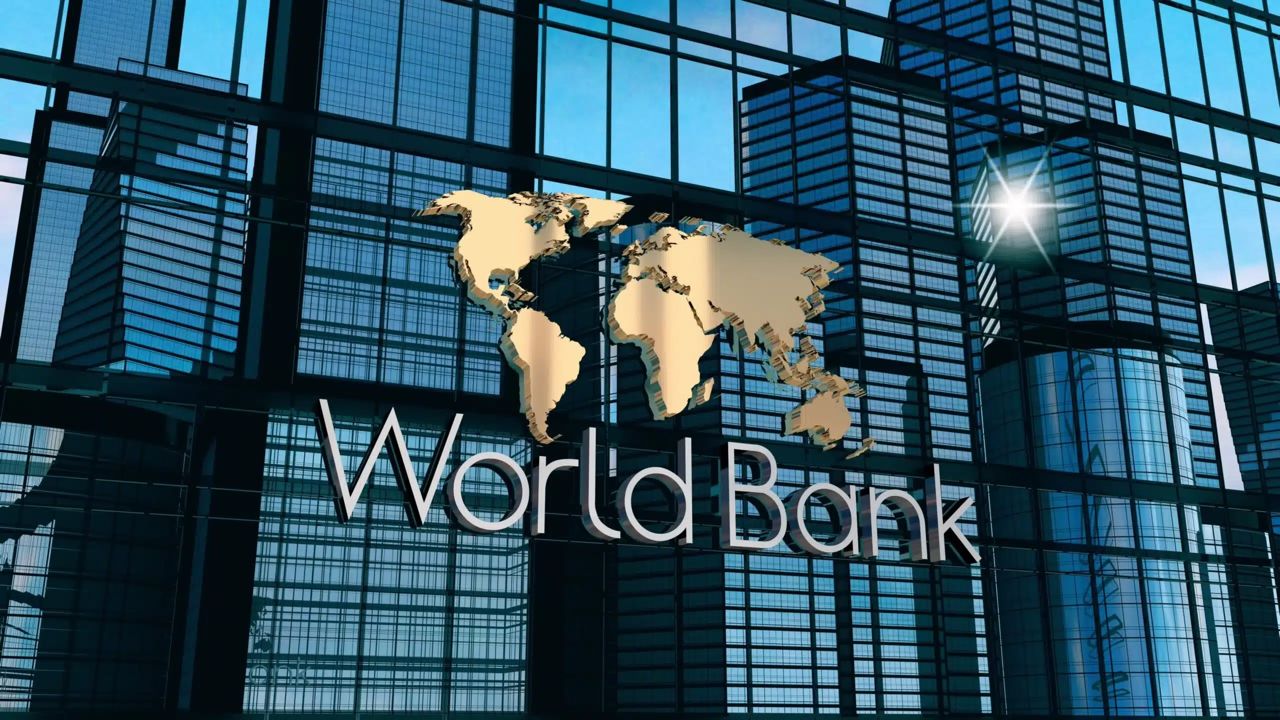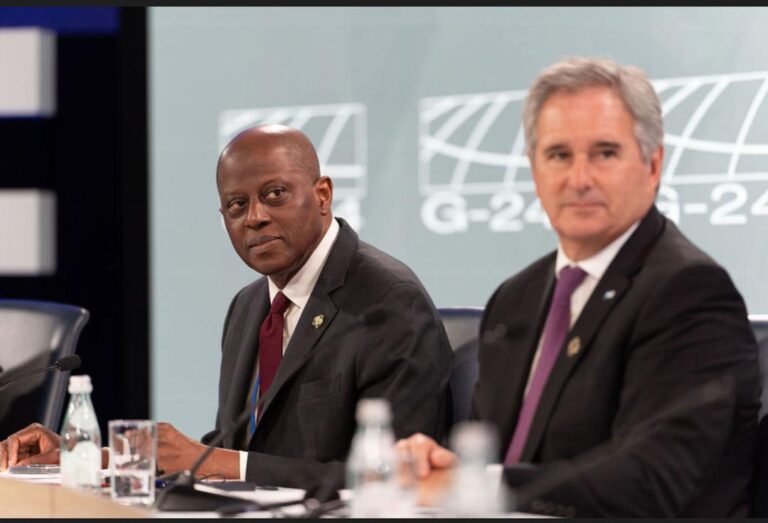A new recent World Bank report paints a stark picture of Sub-Saharan Africa’s economic future, warning that the region is rapidly approaching a “demographic tsunami” where population growth severely outstrips the pace of formal job creation.
The latest report of “Africa’s Pulse: Pathways to Job Creation in Africa” cautions that despite projections for continued economic expansion, the existing growth model is failing to generate the scale and quality of employment needed to lift hundreds of millions out of extreme poverty.
The central conflict highlighted by the report is the sheer scale of the region’s youth bulge. Between 2025 and 2050, Sub-Saharan Africa’s working-age population is projected to expand by more than 620 million people. This increase alone represents over three-quarters of the net growth in the working-age population across all emerging and developing economies globally.
While this immense influx of young workers represents a colossal “demographic dividend”—the potential for accelerated economic growth driven by a large working-age population—the report finds that the foundational economic structures required to capitalize on this are dangerously absent.

“The impending population boom further amplifies the challenge countries in the region face, given their inability to provide jobs for the current population.” The report noted
‘Jobless Growth’

The World Bank notes that African economies are currently experiencing “jobless growth,” where economic expansion fails to translate into wage-paying opportunities.
1% point increase in GDP yields only a 0.04 percentage point rise in wage employment.
This low elasticity illustrates that growth is concentrated in sectors that rely on minimal labor or in small, low-productivity informal enterprises.
With nearly 73 percent of employment concentrated in own-account and family-run enterprises, the region lacks the large-scale firms necessary to unlock economies of scale and generate stable, formal jobs.
The human cost of this structural weakness is already being measured in accelerating poverty rates. Even with regional economic activity poised to grow at 3.8 percent in 2025 and accelerate further through 2027, the gains are not reaching the most vulnerable due to the jobs deficit.

According to world bank, due to rapid population growth outpacing poverty reduction efforts, the total number of people living in extreme poverty in Sub-Saharan Africa is projected to increase sharply, rising from 576 million in 2022 to an alarming 671 million by 2027. This indicates that the continent is losing the battle against extreme poverty in absolute terms.
Andrew Dabalen, the World Bank’s Chief Economist for Africa, cautioned “the consequences of not solving this problem are hard to contemplate. They will be very disruptive, and we’re beginning to see the signs of it in social unrest and increasing fragility.”
A Structural Shift is Mandatory
The report emphasizes that the time for incremental fixes has passed. Africa requires a structural shift in its growth model, moving away from reliance on commodity exports and low-productivity informal trade toward modern, organized production systems.
To reverse the trend, the World Bank outlines a strategy built on three pillars:

- Foundational Infrastructure: Significantly improving reliable energy and transport networks, which currently stifle firms and reduce employment rates.
- Scaling Up Firms: Prioritizing policy changes that allow small and medium enterprises (SMEs) to grow into large-scale job creators.
- Human Capital Investment: Urgent investment in education and skills development to match the demand in high-potential sectors like agri-food, tourism, and mineral value chains.
The report emphasizes that unlocking Africa’s demographic dividend hinges entirely on achieving this structural transformation—a challenge whose success, or failure, will shape the global economy for the next century.












